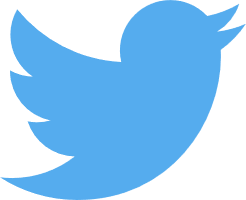
The Friday "beer-thirty" Zoom conferences began for me not too long into the lockdown. A co-worker scheduled them as a form of stress release and socialization as we all prepared for what we already knew was going to be at least a year of not seeing each other in person—and for someone who had just started with the company a few weeks prior, I needed it.
Working from home has always been isolating, but it has become even more so in 2020. And for those of us who've worked from home full-time in the past—well, at least for those of us who have done that and have loud families and kids with no concept of personal space—it has also become a lot harder to maintain a division between home life and work life. Our spouses and kids (and in some cases, adult kids) are all home at the same time, working or studying or playing or just breathing too loudly in the same space as us.
Meow mix
For those of you who've never enjoyed the solitude of a home office when everyone else is out of the house, trust me: what we have right now is not what working at home has been like for the past 25 years for me. To adjust to this, organizations must figure out how to keep teams cohesive in the absence of regular social contact. They also must find a balance between being communicative and being intrusive into the home life of employees, all while still keeping some kind of coherent work environment going so people can talk to each other and get work done.
The way forward is almost certainly going to be a combination of measured collaborative communications, measured integration of socialization into the work day, and cat memes.

MamiGibbs / Getty Images
Well, maybe not so much with the cat memes—but establishing a functioning culture in a distributed workplace will require things that the old office likely would consider detrimental to productivity. Informal communications and socialization using collaboration tools (plus cat memes!) are important tools to create a sense of community during the office diaspora.
Who’s Zooming whom
Many organizations have turned to collaborative tools to help bridge the isolation and maintain the sanity of their employees. This includes things like the "beer-thirty" conference call but also other ice-breakers and interactions that do not fall within what were once defined as "business use" of those technologies.
Collaboration tools can give co-workers a way to bond and re-create a sense of community, but they can also provide a way for organizations to gauge the challenges that individuals are having working from home or remotely—and help give them a platform for sharing ideas about how to deal with and overcome those challenges. Good tools can also help establish a new normal for workflow, providing a way to let employees build new processes and support structures that working from home may otherwise lack—and to find new ways to work that don't require employees to be "on" for a standard eight-hour work day.








 User Center
User Center My Training Class
My Training Class Feedback
Feedback












Comments
Something to say?
Log in or Sign up for free